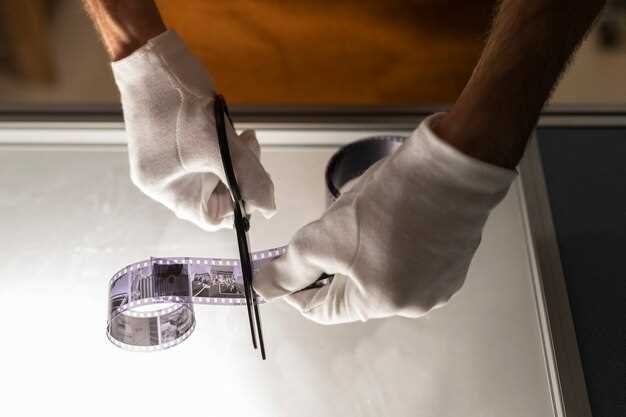
When attending auction viewings, one of the critical aspects to consider is the inspection of the vehicle’s frame. A thorough examination can reveal underlying issues that are not immediately visible. Frame damage can significantly impact both the safety and value of the vehicle, making it essential for potential buyers to detect any anomalies early in the process.
The frame serves as the backbone of a vehicle, providing structural integrity and support. Any damage to this vital component can lead to serious performance issues and may result in costly repairs later on. During the inspection, buyers should look for signs of bending, cracks, or rust on the frame, all of which may indicate previous accidents or poor repairs.
Understanding how to identify frame damage enables buyers to make informed decisions at auction viewings. This knowledge not only helps in assessing the true worth of a vehicle but also ensures that safety is not compromised. By diligently evaluating the frame, prospective car owners can avoid unexpected expenses and ensure a reliable investment.
Key Signs of Structural Issues in Vehicles
When inspecting a vehicle at an auction, recognizing key signs of structural issues is essential to avoid future headaches and costly repairs. Structural damage can compromise the safety and performance of the vehicle, so careful inspection is crucial.
Misaligned Body Panels: One of the most visible signs of structural damage is misalignment among the body panels. Gaps between doors, hoods, and fenders should be uniform; any irregularities may indicate previous accidents or frame issues.
Uneven Tire Wear: Tires that wear unevenly can signify underlying structural problems. An examination of the treads may reveal misalignment or damage to the frame, which can affect handling and safety.
Rust and Corrosion: Areas of rust on the vehicle chassis can also point towards structural issues. Pay special attention to the undercarriage, wheel wells, and joints where rust can weaken the integrity of the vehicle.
Cracks or Bends in the Frame: A thorough inspection may reveal cracks or bends in the frame. These defects compromise the vehicle’s ability to withstand impacts and can significantly affect its overall structural integrity.
Inconsistencies in Paint or Finish: Unusual paint texture or inconsistent color between panels may indicate repairs after an accident. This can be a red flag for significant structural repair work that has been undertaken, warranting a closer look.
Check for Uneven Gaps: Look for gaps that are not uniform between the doors or trunk when closed. Such discrepancies could suggest that the frame has been bent or shifted due to impact.
Identifying these signs of damage during your vehicle inspection will help ensure you make an informed purchase and protect your investment in the long run.
Tools and Techniques for Accurate Frame Inspection

Identifying frame damage during auction viewings is crucial for making informed purchasing decisions. Utilizing the right tools and techniques can ensure that potential issues are identified early on.
Here are some essential tools for conducting a thorough frame inspection:
- Flashlight: A high-intensity flashlight can help reveal hidden cracks, bends, or misalignments in the frame.
- Magnifying Glass: This tool allows for closer examination of welds, joints, and small imperfections that may indicate damage.
- Measuring Tape: Accurate measurements ensure that the frame is within standard specifications and helps identify any structural distortions.
- Level: A level tool can determine if the frame has suffered any misalignment, especially in suspension or alignment parts.
- Prism or Alignment Tool: Innovative tools that provide precise alignment readings assist in detecting subtle damages.
In addition to the tools, employing the following techniques is vital for an effective inspection:
- Visual Inspection: Start by walking around the vehicle and inspecting the frame from various angles. Look for signs of rust, paint wear, and signs of previous repairs.
- Frame Measurements: Compare measurements against factory specifications to ensure the integrity of the frame structure.
- Listening for Noises: When performing a test drive, listen for any unusual sounds that may indicate frame damage or misalignment.
- Check Warranty and Service History: Review any service records for previous repairs that may highlight existing damage.
By utilizing these tools and techniques effectively, bidders can significantly enhance their ability to identify frame damage during auction viewings, ensuring a more knowledgeable purchase. Always prioritize thoroughness in the inspection process to avoid costly mistakes.
Assessing Repair Costs for Frame Damaged Cars

When evaluating frame damaged cars, accurate assessment of repair costs is crucial for potential buyers and insurance companies. Frame damage can significantly impact a vehicle’s structural integrity and safety, making thorough inspection essential before any financial commitment.
To begin, a detailed inspection of the vehicle’s frame should be conducted. This includes checking for bends, cracks, and misalignments in the frame. A professional evaluator may utilize specialized tools such as frame measuring machines to detect deviations from factory specifications. These inspections often reveal hidden damages that could escalate repair costs if overlooked.
Repair costs for frame damage can vary widely depending on the extent of the damage and the type of repair required. Minor frame adjustments may only necessitate simple alignment, while severe damage might demand extensive welding or replacement of frame components. Labor costs can also increase if the damage requires specialized skills or extended repair time.
In addition to structural repairs, it’s vital to consider associated costs. These may include aligning the suspension, replacing damaged panels, and repainting to match the original finish. Each of these elements contributes to the overall cost of bringing the vehicle back to its pre-accident condition.
Ultimately, potential buyers should factor in repair costs when bidding on frame damaged cars at auctions. Having a clear understanding of the inspection results, repair requirements, and associated expenses will aid in making informed decisions and ensuring a wise investment.
